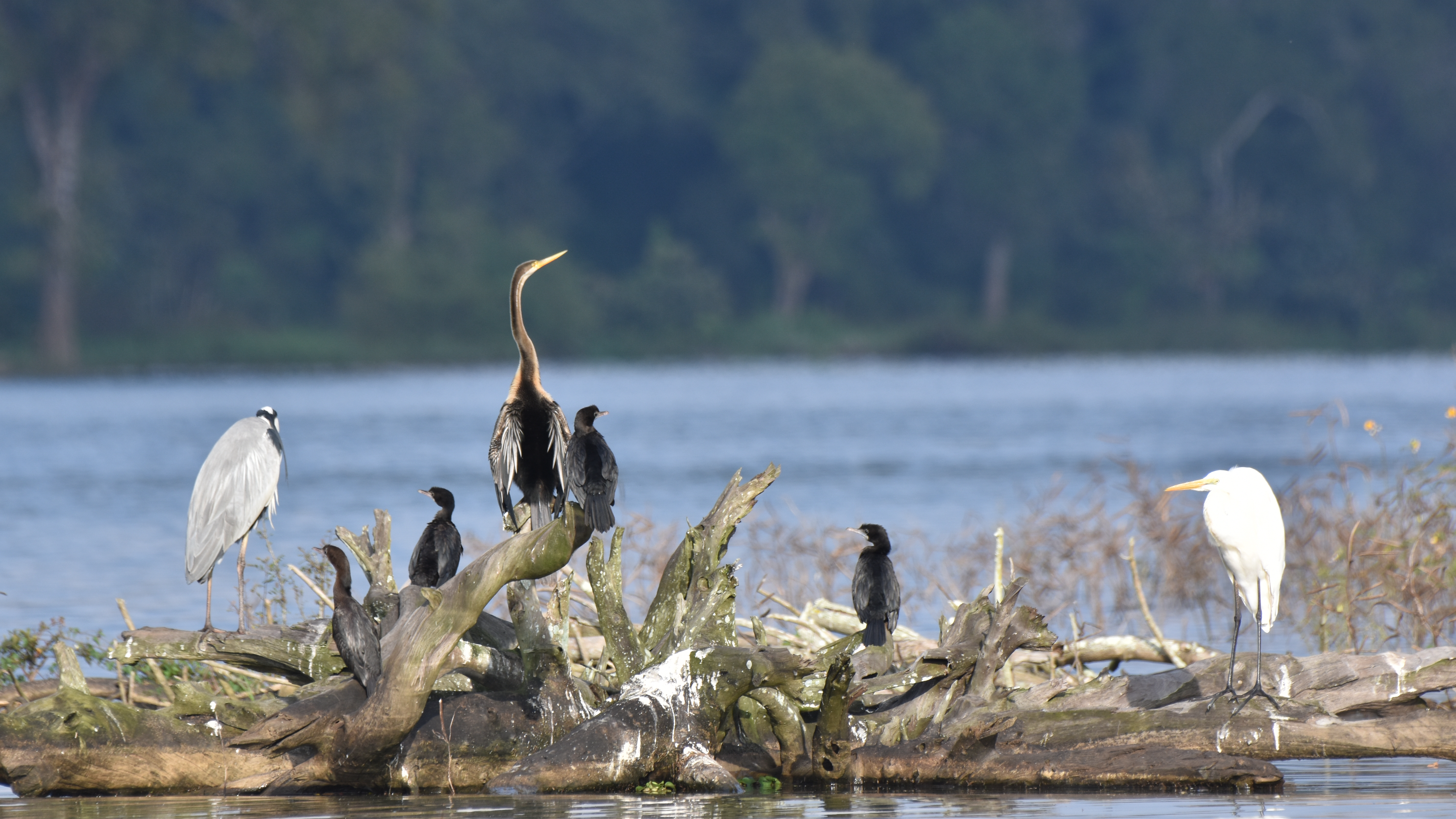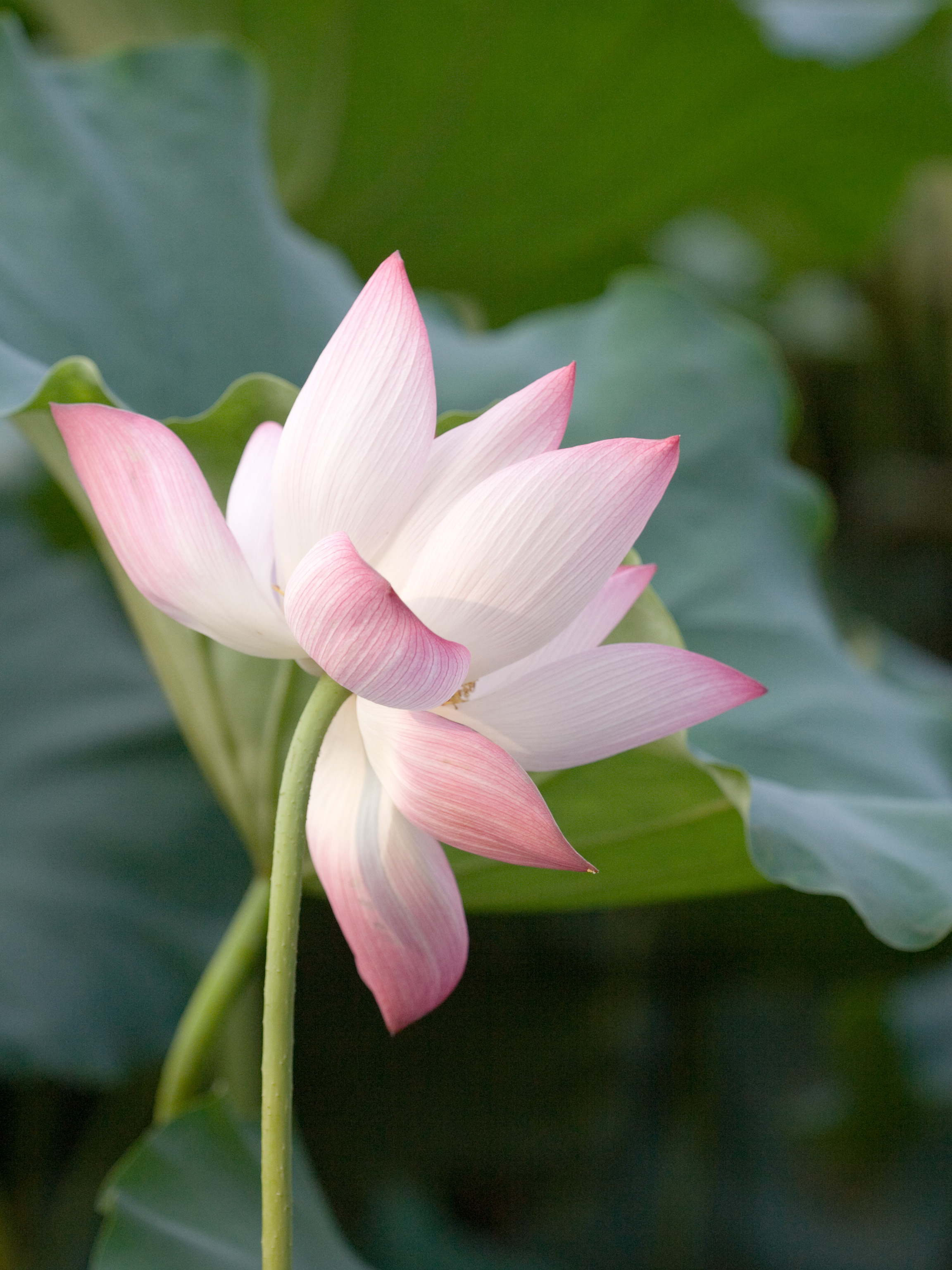|
Birds' Paradise
Birds' Paradise is located in Tianma Village, Xinhui District, Jiangmen, Guangdong Province, China. Birds' Paradise 小鳥天堂. Accessed 18 Oct. 2016 It is a unique tourist attraction which is known for its beautiful natural environment and rich bird life. The main body of Birds' Paradise is a small island with a thick banyan tree forest on it. In 1933, Ba Jin () happened to take a trip here, and was deeply impressed by its wonderful views, so he wrote a famous article, ''Birds' Heaven'' to in memory of this special experience. In 1984, Ba Jin () inscribed the words 小鳥天堂, and since then, this place was named after Birds' Paradise (). In 2016, the local government decided to make Birds' Paradise a national wetland park. [...More Info...] [...Related Items...] OR: [Wikipedia] [Google] [Baidu] |
People's Republic Of China
China, officially the People's Republic of China (PRC), is a country in East Asia. With population of China, a population exceeding 1.4 billion, it is the list of countries by population (United Nations), second-most populous country after India, representing 17.4% of the world population. China spans the equivalent of five time zones and Borders of China, borders fourteen countries by land across an area of nearly , making it the list of countries and dependencies by area, third-largest country by land area. The country is divided into 33 Province-level divisions of China, province-level divisions: 22 provinces of China, provinces, 5 autonomous regions of China, autonomous regions, 4 direct-administered municipalities of China, municipalities, and 2 semi-autonomous special administrative regions. Beijing is the country's capital, while Shanghai is List of cities in China by population, its most populous city by urban area and largest financial center. Considered one of six ... [...More Info...] [...Related Items...] OR: [Wikipedia] [Google] [Baidu] |
Great Egret
The great egret (''Ardea alba''), also known as the common egret, large egret, great white egret, or great white heron, is a large, widely distributed egret. The four subspecies are found in Asia, Africa, the Americas, and southern Europe. Recently, it has also been spreading to more northern areas of Europe. Distributed across most of the Tropics, tropical and warmer temperate regions of the world, it builds tree nests in colonies close to water. Taxonomy The great egret was Species description, formally described in 1758 by the Swedish naturalist Carl Linnaeus in the 10th edition of Systema Naturae, tenth edition of his ''Systema Naturae'' under the binomial nomenclature, binomial name ''Ardea alba''. He specified the type locality (biology), type locality as Europe. The scientific name comes from Latin ''ardea'', "heron", and ''alba'', "white". Like all egrets, it is a member of the heron family (biology), family, Ardeidae. Traditionally classified with the storks in the ... [...More Info...] [...Related Items...] OR: [Wikipedia] [Google] [Baidu] |
Argyranthemum Frutescens
''Argyranthemum frutescens'', known as Paris daisy, marguerite or marguerite daisy, is a perennial plant known for its flowers. It is native to the Canary Islands (part of Spain). Hybrids derived from this species ( garden marguerites) are widely cultivated as ornamental plants in private gardens and public parks in many countries, and have naturalized in Italy and southern California. There are many cultivars, but the most common has white petals. Description It is a perennial shrub that grows to about . The strongly branched plant often grows globose-bushy with ascending to upright branches. The alternate, more or less fleshy and blue-green leaves are in outline oval to oval-lanceolate, long and wide. The foliage is green. The inflorescences are loose with 4 to 30 daisy-like flower heads, white with a yellow center, up to in diameter. In most subspecies, the ligules of the ray florets are about 8 mm long, pure white, female and form fertile achenes, which are triangula ... [...More Info...] [...Related Items...] OR: [Wikipedia] [Google] [Baidu] |
Nelumbo Nucifera
''Nelumbo nucifera'', also known as the pink lotus, sacred lotus, Indian lotus, or simply lotus, is one of two extant taxon, extant species of aquatic plant in the Family (biology), family Nelumbonaceae. It is sometimes colloquially called a water lily, though this more often refers to members of the family Nymphaeaceae. The lotus belongs in the order Proteales. Lotus plants are adapted to grow in the flood plains of slow-moving rivers and delta areas. Stands of lotus drop hundreds of thousands of seeds every year to the bottom of the pond. While some sprout immediately and most are eaten by wildlife, the remaining seeds can remain dormant for an extensive period of time as the pond silts in and dries out. During flood conditions, sediments containing these seeds are broken open, and the dormant seeds rehydrate and begin a new lotus colony. It is cultivated in nutrient-rich, loamy, and often flooded soils, requiring warm temperatures and specific planting depths, with propagat ... [...More Info...] [...Related Items...] OR: [Wikipedia] [Google] [Baidu] |
Nelumbo
''Nelumbo'' is a genus of aquatic plants with large, showy flowers. Members are commonly called lotus, though the name is also applied to various other plants and plant groups, including the unrelated genus '' Lotus''. Members outwardly resemble those in the family Nymphaeaceae ("water lilies"), but ''Nelumbo'' is actually very distant from that family. ''Nelumbo'' is an ancient genus, with dozens of species known from fossil remains since the Early Cretaceous. However, there are only two known living species of lotus. One is the better-known ''Nelumbo nucifera'', which is native to East Asia, South Asia, Southeast Asia, and probably Australia and is commonly cultivated for consumption and use in traditional Chinese medicine. The other lotus is '' Nelumbo lutea'', which is native to North America and the Caribbean. Horticultural hybrids have been produced between these two allopatric species. Description Ultrahydrophobicity The leaves of ''Nelumbo'' are highly water-rep ... [...More Info...] [...Related Items...] OR: [Wikipedia] [Google] [Baidu] |
Hedychium Coronarium
''Hedychium coronarium'', the white garland-lily or white ginger lily, is a perennial flowering plant in the ginger family Zingiberaceae, native to the forest understorey of Asia. Other common names include butterfly lily, Khumpui, fragrant garland flower, Indian garland flower, white butterfly ginger lily or white ginger. Description It is an upright perennial which may reach in height. It has long pointed leaves, with heavily scented white flowers with yellow bases. In its native environment flowering occurs between August and December. Distribution and habitat It is native to the Eastern Himalayas of India (Sikkim and Tripura), Bangladesh, Nepal and Bhutan, through northernmost Myanmar and Thailand, southern China (Yunnan, Sichuan, Hunan, Guangxi and Guangdong) to Taiwan in the East. It is typically found growing in forests. Cultivation It is cultivated in warm temperate and subtropical regions of the world as an ornamental. In China it is cultivated for use in medicine ... [...More Info...] [...Related Items...] OR: [Wikipedia] [Google] [Baidu] |
Salix Babylonica
''Salix babylonica'' (Babylon willow or weeping willow; ) is a species of willow native to dry areas of northern China, Korea, Mongolia, Japan, and Siberia but cultivated for millennia elsewhere in Asia, being traded along the Silk Road to southwest Asia and Europe.Flora of China''Salix babylonica''/ref> Description ''Salix babylonica'' is a medium- to large-sized deciduous tree, growing up to tall. It grows rapidly, but has a short lifespan, between 40 and 75 years. The shoots are Yellowish-brown, with small buds. The leaf, leaves are alternate and spirally arranged, narrow, light green, long and broad, with finely serrate margins and long leaf shape, acuminate tips; they turn a gold-yellow in autumn. The flowers are arranged in catkins produced early in the spring; it is plant sexuality, dioecious, with the male and female catkins on separate trees.Huxley, A., ed. (1992). ''New RHS Dictionary of Gardening''. Macmillan . File:Saule pleureur chaton.jpg, Male flowers of ''Salix ... [...More Info...] [...Related Items...] OR: [Wikipedia] [Google] [Baidu] |
Anubias
''Anubias'' is a genus of aquatic and semi-aquatic flowering plants in the family Araceae, native to tropical central and western Africa. They primarily grow in rivers and streams, but can also be found in marshes. They are characterized by broad, thick, dark leaves that come in many different forms. The genus was revised in 1979 and since then its botanical nomenclature, nomenclature has been stable. Species can be determined by using mostly characteristics of the inflorescence. Because of the often shady places where the plants grow, the genus was named after the Anubis, Egyptian god Anubis, the god of the afterlife. The genus was first described in 1857 by Heinrich Wilhelm Schott, with ''Anubias afzelii, A. afzelii'' as its type species. Reproduction and uses ''Anubias'', most notably the varying forms of ''Anubias barteri, A. barteri'', are commonly used in aquariums, usually attached to rocks or bogwood. In contrast to most plants, ''Anubias'' generally prefer subdued light ... [...More Info...] [...Related Items...] OR: [Wikipedia] [Google] [Baidu] |
Banyan Tree At IITMadras1
A banyan, also spelled banian ( ), is a fig that develops accessory trunks from adjacent prop roots, allowing the tree to spread outwards indefinitely. This distinguishes banyans from other trees with a strangler habit that begin life as an epiphyte, i.e. a plant that grows on another plant, when its seed germinates in a crack or crevice of a host tree or edifice. "Banyan" often specifically denotes ''Ficus benghalensis'' (the "Indian banyan"), which is the national tree of India, though the name has also been generalized to denominate all figs that share a common life cycle and used systematically in taxonomy to denominate the subgenus '' Urostigma''. Characteristics Like other fig species, banyans also bear their fruit in the form of a structure called a "syconium". The syconium of ''Ficus'' species supply shelter and food for fig wasps and the trees depend on the fig wasps for pollination. Frugivore birds disperse the seeds of banyans. The seeds are small, and becaus ... [...More Info...] [...Related Items...] OR: [Wikipedia] [Google] [Baidu] |
Red-whiskered Bulbul
The red-whiskered bulbul (''Pycnonotus jocosus''), or crested bulbul, is a passerine bird native to Asia. It is a member of the bulbul family. It is a resident frugivore found mainly in tropical Asia. It has been introduced in many tropical areas of the world where populations have established themselves. It has a loud three or four note call, feeds on fruits and small insects and perches conspicuously on trees. It is common in hill forests and urban gardens. Taxonomy The red-whiskered bulbul was formally described by the Swedish naturalist Carl Linnaeus in 1758 in the tenth edition of his ''Systema Naturae'' under the binomial name ''Lanius jocosus''. The specific epithet is from Latin ''ioculus'' meaning "merry" (from ''iocus'' meaning "joke"). Linnaeus based his description on the ''Sitta Chinensis'' that had been described in 1757 by the Swedish naturalist Pehr Osbeck. Linnaeus specified the location as "China" but this was restricted to Hong Kong and Guangdong by Herbert G ... [...More Info...] [...Related Items...] OR: [Wikipedia] [Google] [Baidu] |
Great Tit
The great tit (''Parus major'') is a small passerine bird in the tit family Paridae. It is a widespread and common species throughout Europe, the Middle East, Central Asia and east across the Palearctic to the Amur River, south to parts of North Africa where it is generally resident in any sort of woodland; most great tits do not migrate except in extremely harsh winters. Until 2005 this species was lumped with numerous other subspecies. DNA studies have shown these other subspecies to be distinct from the great tit and these have now been separated as two distinct species, the cinereous tit (''Parus cinereus'') of southern Asia, and the Japanese tit (''Parus minor'') of East Asia. The great tit remains the most widespread species in the genus ''Parus''. The great tit is a distinctive bird with a black head and neck, prominent white cheeks, olive upperparts and yellow underparts, with some variation amongst the numerous subspecies. It is predominantly insectivorous in the ... [...More Info...] [...Related Items...] OR: [Wikipedia] [Google] [Baidu] |







